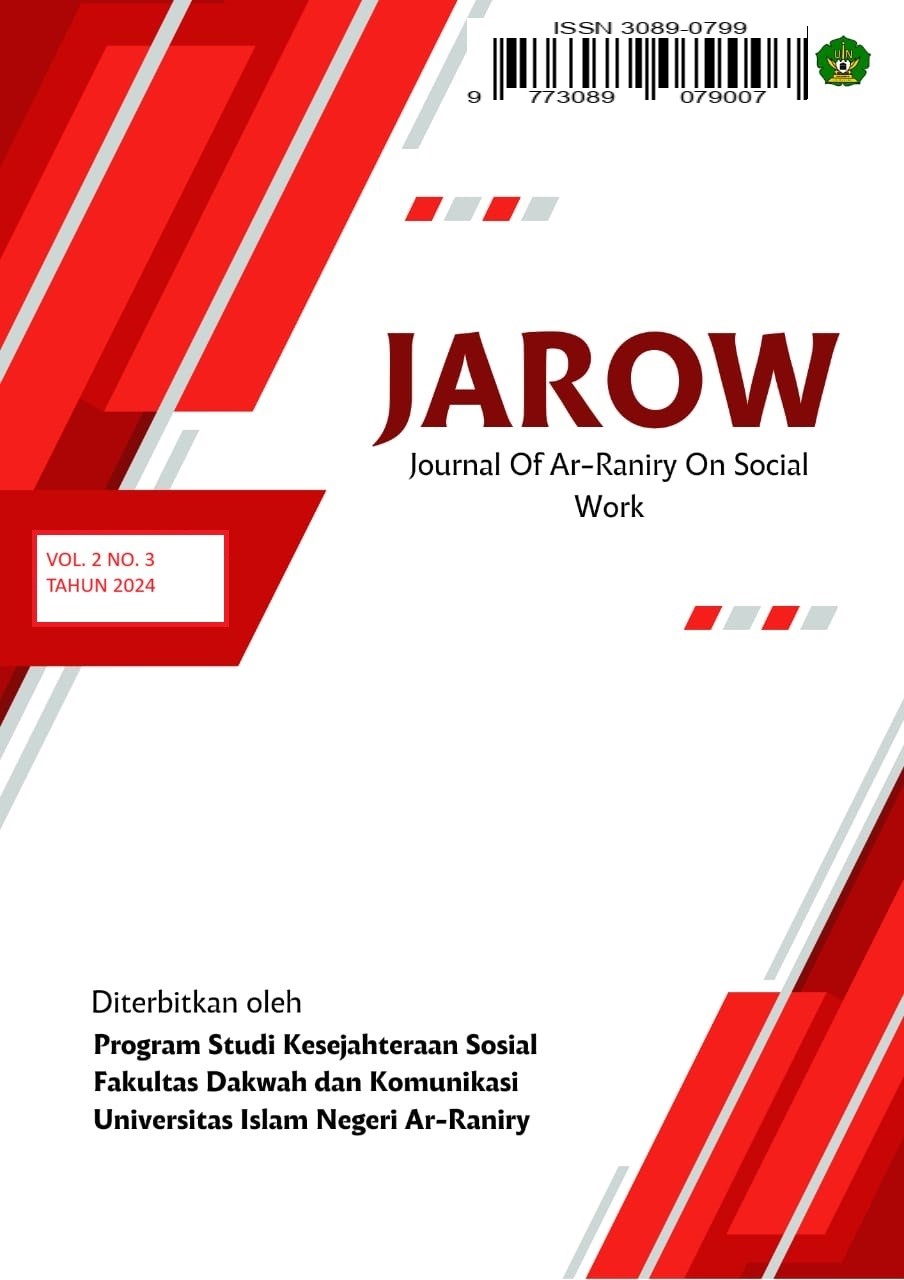Masjid Ramah Disabilitas di Kota Banda Aceh
DOI:
https://doi.org/10.22373/jarow.v2i3.6846Keywords:
Disabilities, Banda Aceh, MosqueAbstract
The city of Banda Aceh is predominantly Muslim and has hundreds of mosques. Although most of the mosques are magnificent and beautiful, most of the mosques in Banda Aceh have not met the standards of being friendly to people with disabilities. Therefore, people with disabilities have not received their rights such as stairs, climbing places, wheelchairs, special hearing aids, and seats. The purpose of this study was to find out the facts and expectations of mosques in meeting the needs of people with disabilities in Banda Aceh. This research method uses a qualitative method. Data collection techniques with observation, interviews and documentation, while the objects of the study were 4 mosques, namely the Baiturrahman Grand Mosque, the Oman Al-Makmur Mosque, the Harun Keuchik Leumik Mosque and the Baitul Musyahadah Mosque (Teuku Umar Mosque). The subjects of the study were interviewed with a number of informants. The results of this study indicate that the implementation of the fulfillment of people with disabilities in four mosques in Banda Aceh city can be said to have met the standards. It can be seen that the four mosques have maximized their efforts in providing special services for people with disabilities in preparing facilities such as wheelchairs, wheelchair access, signs, markings and parking spaces for people with disabilities. Although in the future, a number of these mosques will build facilities and infrastructure for people with disabilities. In addition, in terms of regulations and laws, they have referred to Law No. 16 of 2016 concerning disabilities, so that they have met the requirements in disability jurisprudence. Therefore, considering that the facilities in each mosque, both in the city and in the villages in Banda Aceh, still lack facilities and infrastructure for people with disabilities, in the future the local government and related agencies must prepare concepts and fund allocations that are based on disability-friendly facilities, so that in the future people with disabilities can get the human rights they need.
References
Agus Dwiyanto, Manajemen Pelayanan Publik Peduli, Inklusif dan Kolaboratif, (Yogyakarta: UGM Press, 2010), h. 30.
Hamka Haq, Al-Syatibi, Aspek Teologis Konsep Maslahat dalam Kitab al-Muwafaqat, (Penerbit Airlangga, 2007).
Muhsinah Ibrahim, “Dayah, Mesjid, Munasah sebagai Lembaga Pendidikan dan Lembaga Dakwah di Aceh”, (Jurnal Al-Bayan / VOL. 21, NO. 30, JULI - DESEMBER 2014), ), h. 24-25.
Muhsinah Ibrahim, “Dayah, Mesjid, Munasah sebagai Lembaga Pendidikan dan Lembaga Dakwah di Aceh”, (Jurnal Al-Bayan / VOL. 21, NO. 30, JULI - DESEMBER 2014), ), h. 26.
Sistem Informasi Masjid (Simas), Direktorat Urusan Agama dan Pembinaan Syariah, Direktorat Jenderal Bimbingan Masyarakat Islam, Kementrian Agama Republik Indonesia, Jakarta, https//Simas _kemenag.go.id.
W. Mahardika, Persepsi Masyarakat Terhadap Fasilitas Sosial di Kota Tangerang, Skripsi, UIN Syarif Hidayatullah Jakarta, 2013.


